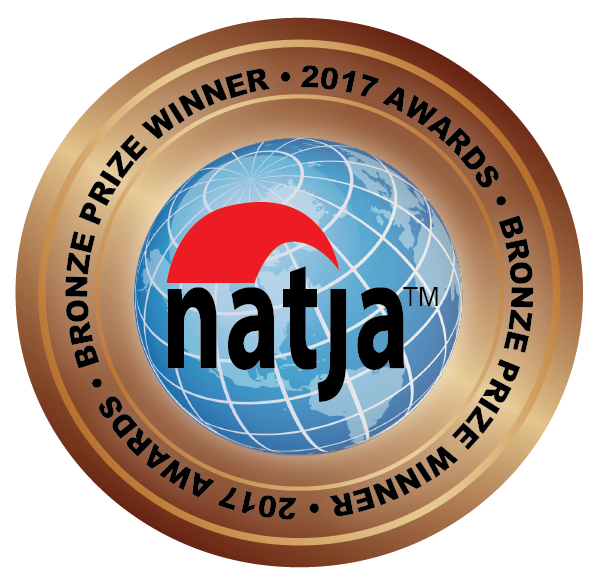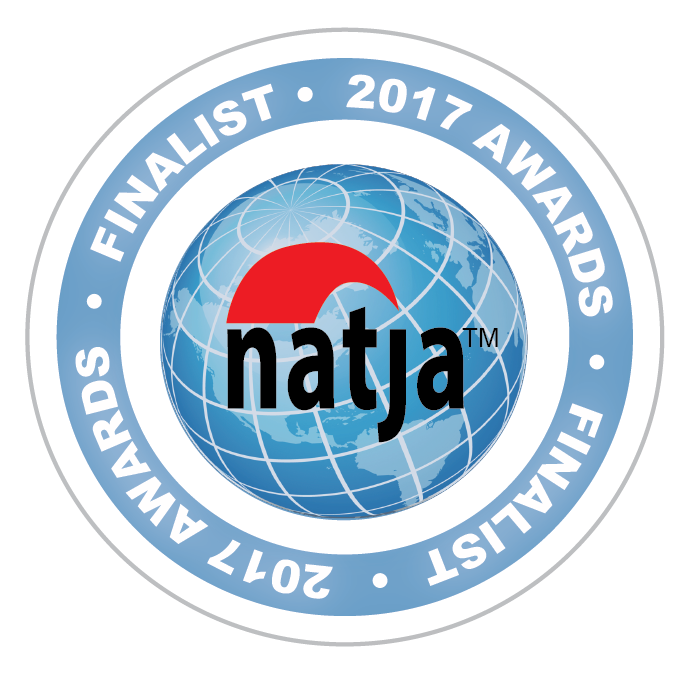What is the lost city?
The Lost City (Spanish: Ciudad Perdida) is an ancient city and sacred site of the Tayrona Civilization, which once carpeted the Caribbean coastal plain of Colombia and extended to the highest coastal mountain range on earth, the Sierra Nevadas of Santa Marta. Today, the Lost City remains one of the largest pre-Colombian towns discovered in all of the Americas.
Where is it?
Some 100 kilometres away from Santa Marta, Colombia—about a 3-hour drive or a 4-day trek from Santa Marta, the second oldest city in South America and the capital city of the department of Magdalena. To reach the lost city, you need to commit to a minimum 4-day trek on ancient trails that are carved into the mountain and jungles, crossing over rivers and waterfalls.
Who populated the ancient city?
The city dates back to 14th century, when it was populated by some 2,000 to 4,000 native Tayrona people and served as their biggest urban and commercial hub, spread over an area of 2 square kilometres.
The conquest of Colombia in the 16th century was delayed, but when it broke out it was particularly violent, and the indigenous Kogi (descendants of the Tayrona) fled up to the lush jungle of the Sierra Nevada mountains. They were miraculously left out of sight, out of mind, so they continued to follow their ritual practices. (Other indigenous peoples in the same general area include the Arhuaco and Wiwa people, but it is not thought that they lived in the Lost City.)
In 1970, a local man stumbled upon the city during his grave-robbing expedition. For about a decade, the Lost City, which at the time was referred to as Infierno Verde ("Green Hell"), was a site of fighting between the grave-robbers (Spanish: quaqueros) until the government finally allocated resources to protect and excavate the site.
Did indigenous traditions and values vanish with the disappearance of the Tayrona civilization and the Lost City?
No. Descendants of the Tayrona, Arhuaco, and Kogi people are still ruled by ritual priesthood. They believe the ecological well-being of the planet is in their hands and that their prayers maintain the cosmic balance of the universe.
Arhuaco and Kogis consider themselves to be the elder brothers—they have a moral and ethical responsibility to educate us, “the younger brother,” and they want to do so. They speak fluently in Spanish and in their own languages to articulate with elegance how the rest of the world needs to get our act together and care for the planet.
In Colombia, they’ve emerged as a symbol of continuity and hope. The last five Colombian presidents have visited the Arhuaco communities via helicopter to get their blessing. The point is not going to the Lost City—it is to connect to its surrounding indigenous cultures.
In 1974, my father did research alongside indigenous people in these communities, so our home was often the unofficial embassy in D.C. for the Arhuacos. Working with indigenous groups is delicate because their villages aren’t a theme park or zoo—you want to make sure the people driving and controlling tourism into these communities are the communities themselves, and that decisions are being made by leaders in these communities.
Now we are in the process of working closely with such communities—we have been in key consultations with leaders and we are developing these relationships within the context of tourism.
Based on my father’s long-term relationships with these communities and his book One River, an autobiographical botanical exploration of Colombia, Expedition Colombia is uniquely positioned and uniquely sensitive to the needs of indigenous communities.
We also have had the honor of befriending a very wonderful family who started the aquarium in Santa Marta and have close ties with Arhuaco communities there. My band had the chance to sing songs for an Arhuaco community on the coast, so they nicknamed me Agua Dulce ("sweet water").
How do you actually get to the Lost City?
The trail to and from the Lost City runs along the same path, weaving through the thick jungle of the Sierra Nevada mountains and covering a total distance of just over 45 kilometres as the crow flies, or over 75 kilometres if you account for all of the ups and downs. The distance is usually covered in four days, but there are officially three options for the trek.
The 4-Day Trek option includes two and a half days of trekking to get to the Lost City and one and a half days to get back. There is also a 5-Day Trek option, which breaks up the return journey by splitting up the fourth day of hiking into two shorter days. There is also a 6-Day Trek option, which breaks up the second day (the longest and most exhausting) into two days.
When is the best time to visit?
The dry season runs from December through to early March and the rainy season from March to November. Treks to the Lost City are offered year round, but if you have a chance to choose when to trek, go in the dry season.





